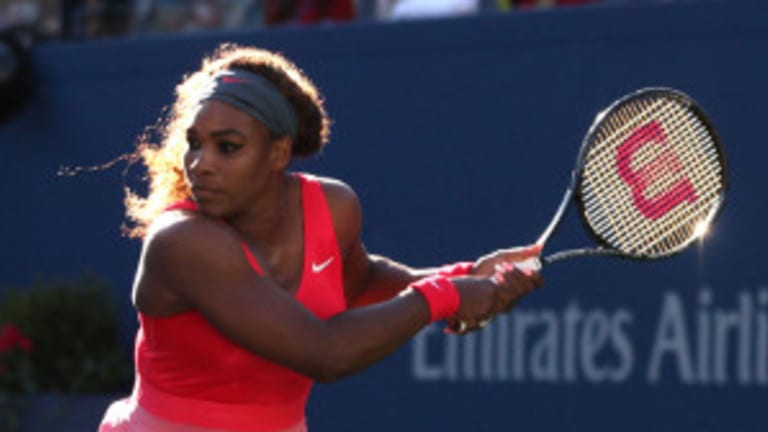Serena Williams is widely acclaimed as, arguably, the best female tennis player of all-time. And rightly so. It’s an especially interesting conversation when it proceeds from the question, “If your life were in the hands of one player in one match, who would it be?”
Martina Navratilova was a spectacular shotmaker, but her confidence was easily corroded when she felt threatened or pressured. Chris Evert was a glacial, majestic competitor—but, oh, that puffball serve! Steffi Graf had the toughness of Evert and a solid but conspicuously DIY set of strokes, highlighted by an excellent forehand and a backhand she almost always had to slice.
What do you say when it comes to Serena? After everyone agrees that she probably has the best serve ever seen in women’s tennis, the conversation quickly turns to her “toughness,” or the “intimidation factor” created by her fearless shotmaking and zest for competition.
But rarely is there much discussion of specific elements in her game. Style by Aneres, fine; But Techniques and Tactics by Serena? Never. But I can think of a few components that make her game distinctive as well as lethal. Three of them (the first three below) are made possible partly but not elusively by her base strength—power that has enabled her to take technique and tactics to places previously unknown in women’s tennis, but perhaps also destined to re-shape it.
1. Her old-school forehand: This is an era of radical forehands. Many players on both the ATP and WTA tours love to hit it big, with spin, and to go inside-out, which encourages them to use what coach Robert Landsdorp calls the “buggy-whip” follow through—the stroke ends on the same side of the body where it began.
Rafael Nadal’s vicious cuts and their success has added to this trend, and now many players—including Serena’s rival Victoria Azarenka—often finish the forehand with an overhead flourish that reminds us of the spinning rotors of a helicopter. Call it the “’Copter finish.”
Compared to these exaggerated if often effective strokes, Williams’ forehand is a thing of stately and stable beauty. It’s classic, and no less efficient for it (you can tell by how diligently her opponents avoid it).
Yes, there’s still a player whose bread-and-butter is the heavy, deep, cross-court forehand, with the racquet-arm ending up wrapped around above the opposite shoulder. And it still pulls opponents way off court because cross-court is where a forehand naturally wants to go, and in so doing it opens up the backhand side of a right-handed opponent. Williams’ forehand, with its weight, relative lack of spin, and penetration, is the best forehand in the women’s game.

